Visiting Kobuk Valley: the Crux of a 59 National Parks Adventure
6 Comments
Kobuk Valley National Park is the least visited of the 59 national parks, because it is arguably the most difficult to access. In this post, I discuss the logistics of visiting Kobuk Valley National Park, contrasting my approach with that of my fellow travelers who have visited the 59 national parks.
Getting there
Most Kobuk Valley National Park trips start in Kotzebue, situated just north of the Arctic circle, on the coast of the Bering sea in North-west Alaska. Although a typical bush town reached only by air or sea, it is the transportation and commerce center for this vast part of Alaska and is deserved daily by commercial jet from Alaska Airlines.

Flying into the park
Although less sculptural than other dune fields, the Great Kobuk Sand Dunes are such a curiosity in the Arctic that they are the park’s main landmark. The most popular way to visit Kobuk Valley National Park seems to get dropped directly on the Great Kobuk Sand Dunes by a bush plane equipped with tundra tires. The charter flight from Kotzebue to the Great Sand Dunes takes a bit less than an hour each way. In 2016, 59 in 59 paid $1,500 for the flight, including 45 minutes on the dunes, which seems a typical rate.
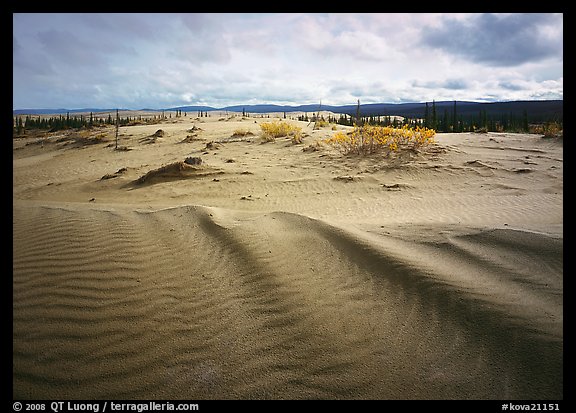
Many, such as 59 before 18, 59 National Parks, and Switchback Kids opt to continue the flight to the western end of Gates of the Artic National Park, which is less than an hour from the Great Sand Dunes, visiting the two remote Alaskan parks on a single outing. Because an overnight stay requires a drop-off and a pick-up by plane, therefore doubling the charter cost, most visitors spend between half an hour and one hour wandering on the dunes, fulfilling their goal of setting foot in the park. Seeking a more “immersive” experience, The Greatest Road Trip camped overnight near the dunes on a guided trip (considering “ill-advised” to visit “without hands-on guidance from those who know the region”), but despite “wanting to see as much as the park as possible”, they saw only the dunes and their immediate surroundings.
Traveling the Kobuk River
Those travelers overlook the most natural way of traveling Kobuk Valley National Park, which is along the Kobuk River. 59 before 18 writes of the park: “It is only reachable by foot, dogsled, snowmobile, and aircraft.” The Greatest Road Trip in their seemingly detailed “breakdown of ways to explore Kobuk”, also do not even mention the namesake river. Yet the river is the natural route into a roadless park, and navigating it is the way the native Eskimo, who still use the park for subsistence caribou hunting, have traveled the park for centuries.
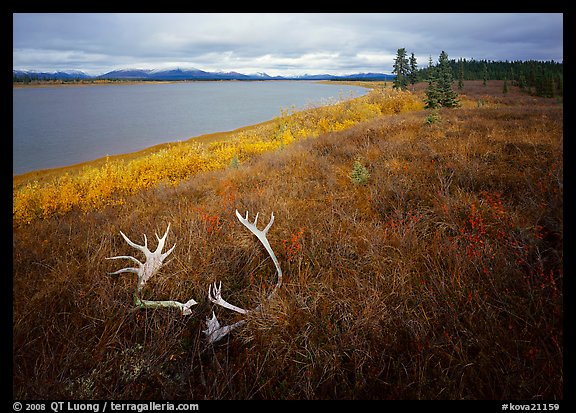
Visiting from the river provides you with a more intimate experience of the park. It could be done like Our Vie on a day trip arranged from a lodge in both Ambler and Kiana, the two Eskimo villages respectively upstream and downstream. Although you get to experience the park more fully, that day trip can be a more expensive option than landing on the dunes, as the cost the guided excursion is $1,500 on top of a round-trip flight from Kotzebue to the village. It is also more demanding than landing on the dunes since the hike from the river to the Great Sand Dunes is much tougher than the 2-mile distance would indicate because of the boggy terrain with tussocks.

The one-way float
Since many of the park travelers cite budget limitations as the reason why they visited the park the way they did, it is interesting that they did not consider floating one-way from Ambler to Kiana. I certainly do not get any credit for originality in planning my visit this way. Long before Michael Joseph Oswald stated goal of encouraging park visitors to get off the road in his Your Guide to the National Parks, the mainstream and venerable National Geographic Guide to the National Parks of the USA start their section “How to Visit” with “Take a combination river-hiking trip”, and in the main section: “A river trip through the park from Ambler to Kiana, with plenty of time for hiking, takes about a week”.
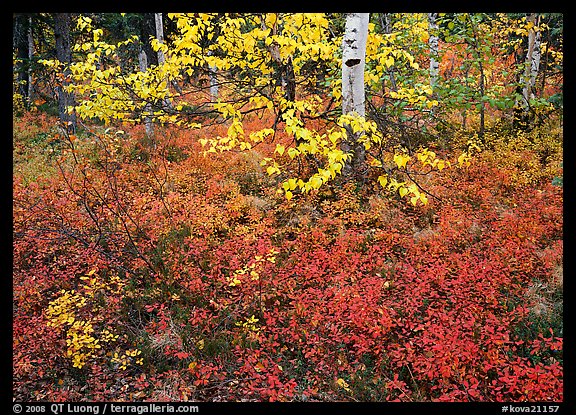
While a flight to the Great Sand Dunes has to be chartered, Ambler and Kiana are deserved by commuter, regularly scheduled flights which are much less expensive. In 2002, the year of my visit, Bering Air charged $140 per person for Kotzebue-Ambler and Kiana-Kotzebue was $80. There was a luggage charge of $0.70/lbs over 40lbs, but we ended up paying less than $100 in excess luggage weight. Your boat needs to be transported by plane. We did not own a suitable boat, so we rented a Soar 16, an inflatable hybrid canoe/kayak, that carries two people and a lot of gear directly from SOAR, paying $225 for two weeks. Since we flew to Kotzebue on Alaska Air miles, the transportation cost to visit Kobuk Valley National Park for my wife and I was $765. That’s $383 per person ($515 in 2016 dollars) for the most complicated national park to visit.
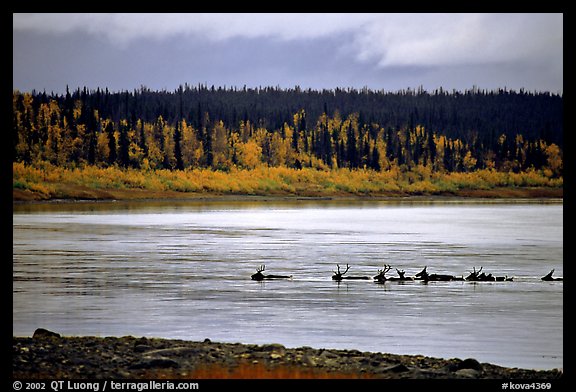
Our experience
It wasn’t the easiest way. To make the trip in a week, instead of a leisurely float, we had to paddle vigorously, as the wind would otherwise sometimes push us backward, and we were frequently soaked by rains. But we were rewarded by getting to spend a week seeing the entire width of the park along its main artery, including hiking excursions to Onion Portage and the Great Sand Dunes. Timing our trip for the autumn migration, we often spotted caribou swimming across the wide river.I am not going to say that one can embark on such an expedition casually, because you are traveling in the place that John McPhee called “the most isolated wilderness I would ever see” in Coming Into the Country. However in summer, there is a fair amount of native traffic along the Kobuk River, which mitigates the risk of the adventure. Like for the rest of my national park personal trips, I traveled self-guided, for the heightened sense of adventure, self-sufficiency, and discovery – not to mention the budget savings. Unlike for all but a few trips, I traveled with a companion, my new wife.
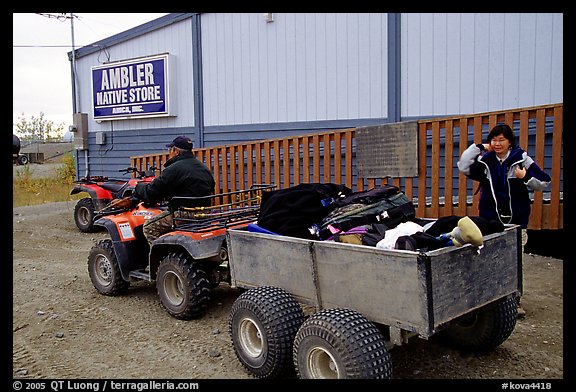

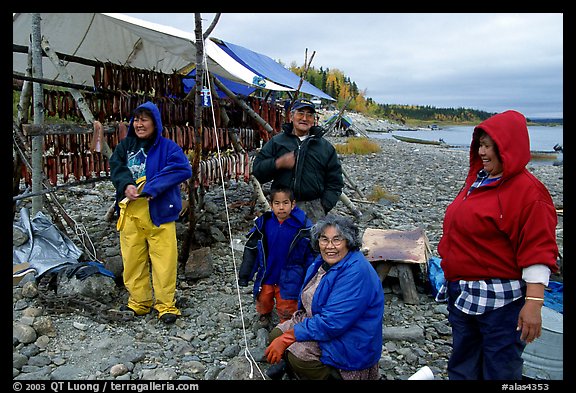
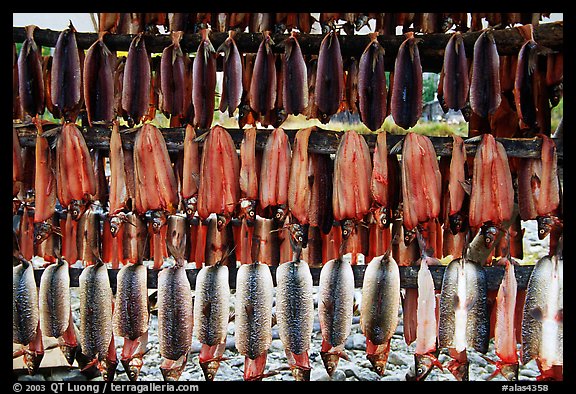

Along the way we got the privilege to meet with the native Inupiaq Eskimo, starting from the moment a family gave us an “airport shuttle” ride in Ambler. Interacting with those exceptionally friendly and helpful people, and getting to see their traditional way of life was a highlight that we would have missed with a quicker trip. And although this was purely theoretical, I got the chance to photograph seven sunrises and seven sunsets in the park.



Although based on a single park, you can now see the difference between my 59 national parks project, and the documented ones by others. Due to its remoteness, Kobuk Valley is one of the two national parks I have visited the least. I took a single trip there, whereas in average I visited each national parks four to five times. I think this depth is reflected in Treasured Lands. All the landscape images in this blog post are included in the book.


I am just in the process of trying to plan my visit to Kobuk… one of 3 parks I have left of the 59 of my goal, although there are now 61!
I wish the person that was going with me could take the water trip but she cannot (diabetes pump) and being gone from electricity for days would be an issue.
So, with your research would you recommend staying at Bettles Lodge and doing the excursion from there or chartering from Kotzebue another way? Thank you! Your blog is amazing!
Deb, if you are going to fly both to Gates of the Arctic and Kobuk Valley on a single day, Bettles may be a better base than Kotzebue since it is closer to the parks, so you would be flying more above the parks, and possibly spend less on the charter. On the other hand, Kotzebue can be reached by airliner, whereas Bettles requires a commuter plane. To be sure, you just have to get quotes for the flights and add them up.
Hi,
My wife and I are planning to paddle from Ambler to Kiana this summer. You write that your trip lasted one week. Was that 7 full days on the river with flights in and out the day before and after, or did the week include the dates you flew? I’d been thinking of 5 full days on the river, 7 days total including the flight days. I’m trying to decide if I should add an extra day for our trip.
There’s not much information on the web about Kobuk Valley trips, so it was nice to find your blog. And I like your photos.
Denis
Sorry, but it has been 20 years, and I don’t remember precisely the day count. In doubt, I would add one extra day. It can be slow going if you have to paddle against the wind, and the river current won’t help you much. Also, it took us a full day to hike the Great Kobuk Sand Dunes with enough time to wander around and photograph. I wish you a great trip!
Thank you so much for documenting your trip to Kobuk Valley. My girlfriend and I are planning on doing this trip during the summer. I think flying from Kotzebue to Ambler and then paddling down the river is a smart way to do it and it sounds really fun. I’m curious about a couple things before I go – were you able to have campfires when you stopped for the nights while paddling from Ambler to Kiana?
We have both got experience traversing rivers/oceans in boats and kayaks, but should we bother to navigate with GPS? Or is the river pretty easy to follow the whole way to Kiana from your experience?
Thank you so much for reading, your blog post is a big help. As Dennis said, there is not much on the web about travelling to Kobuk valley, so your documentation is nice to come across. Cool photos.
Thanks!
One day we got soaked as we were caught by heavy rain on the river. But once the rain stopped, we were able to start a fire to dry out some of our gear. It is nice to have GPS to track your progress, and also if you want to make sure you land at the appropriate spot for, let say the hike to the dunes. But otherwise, you cannot really get lost on the river. Have a great trip!